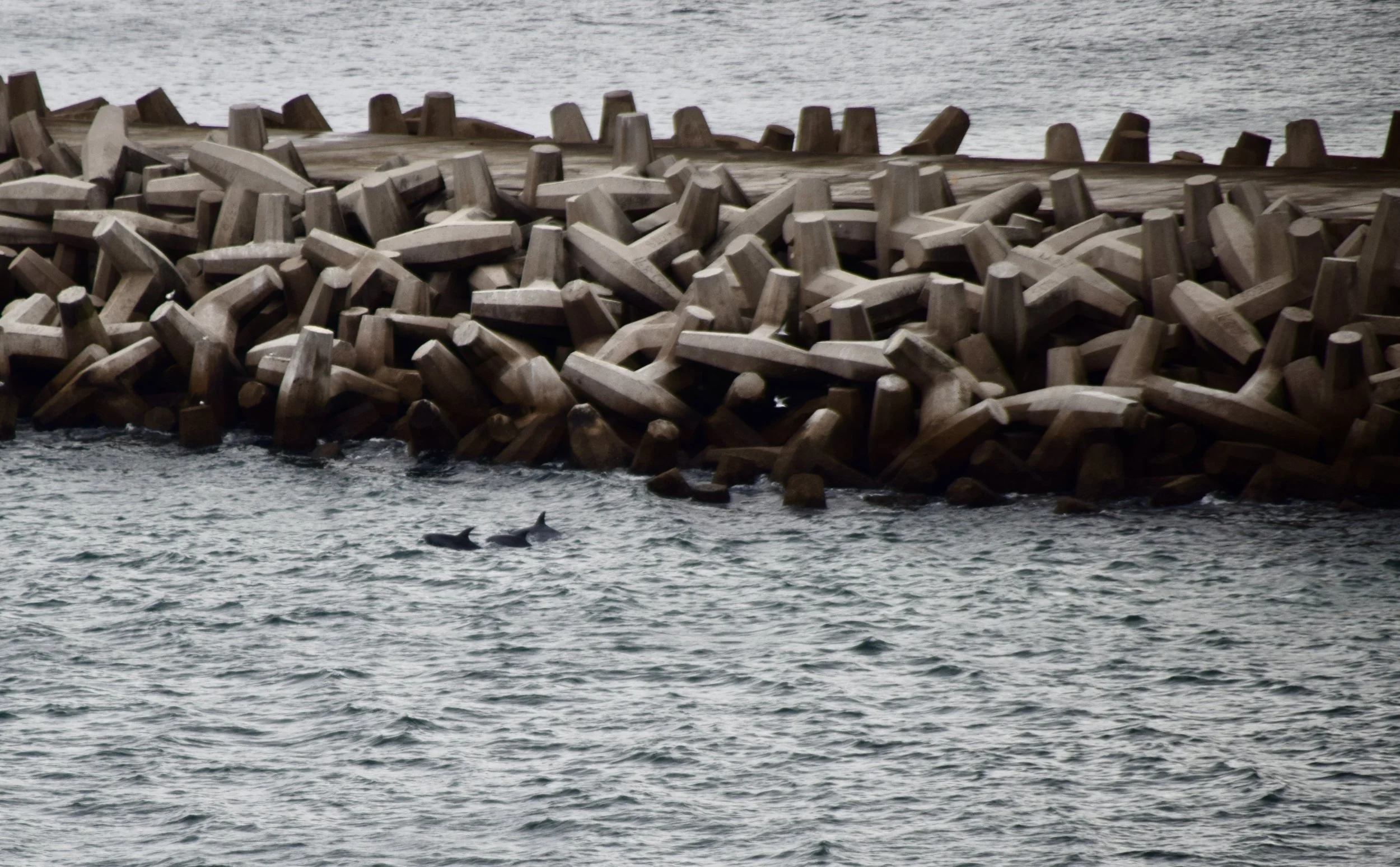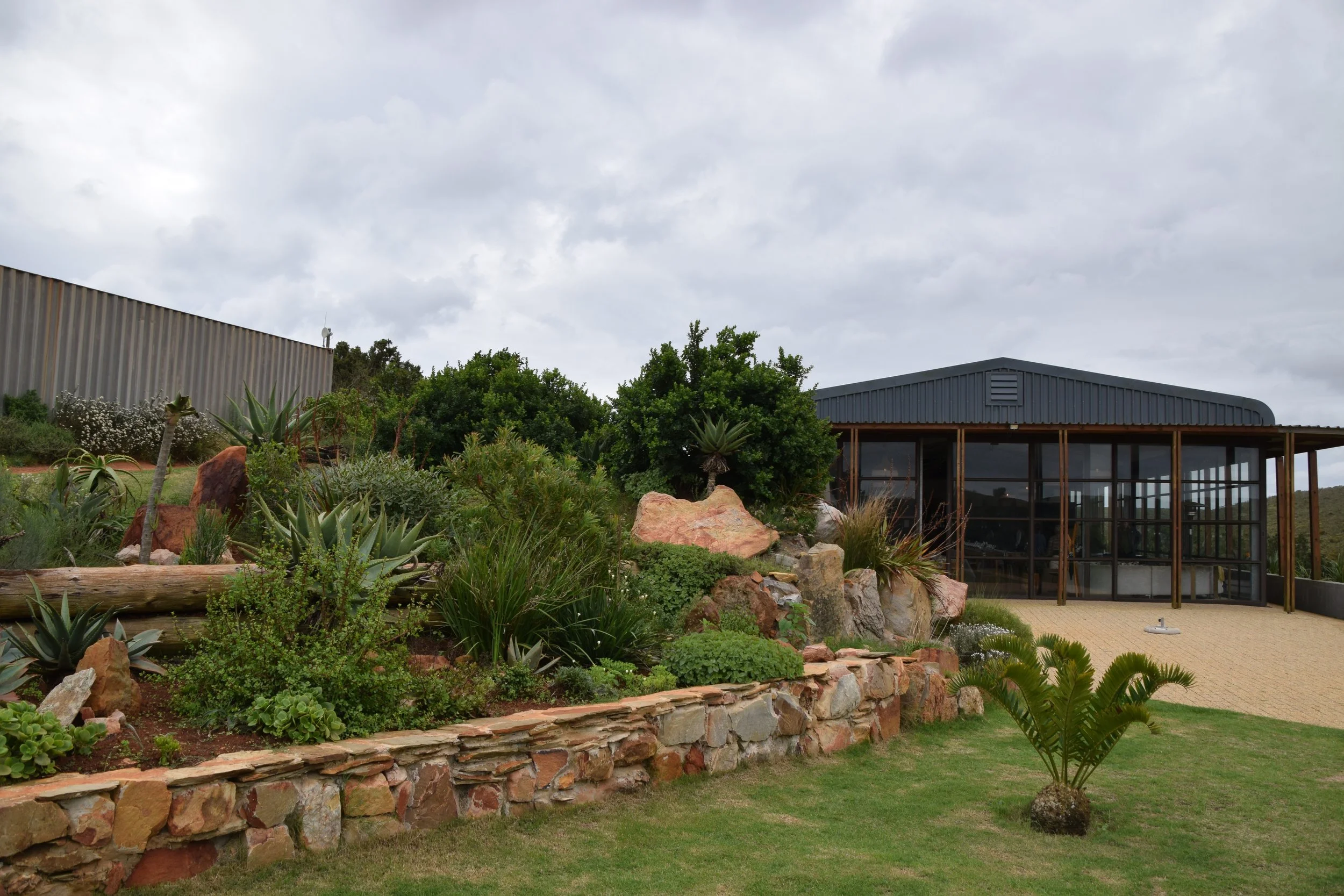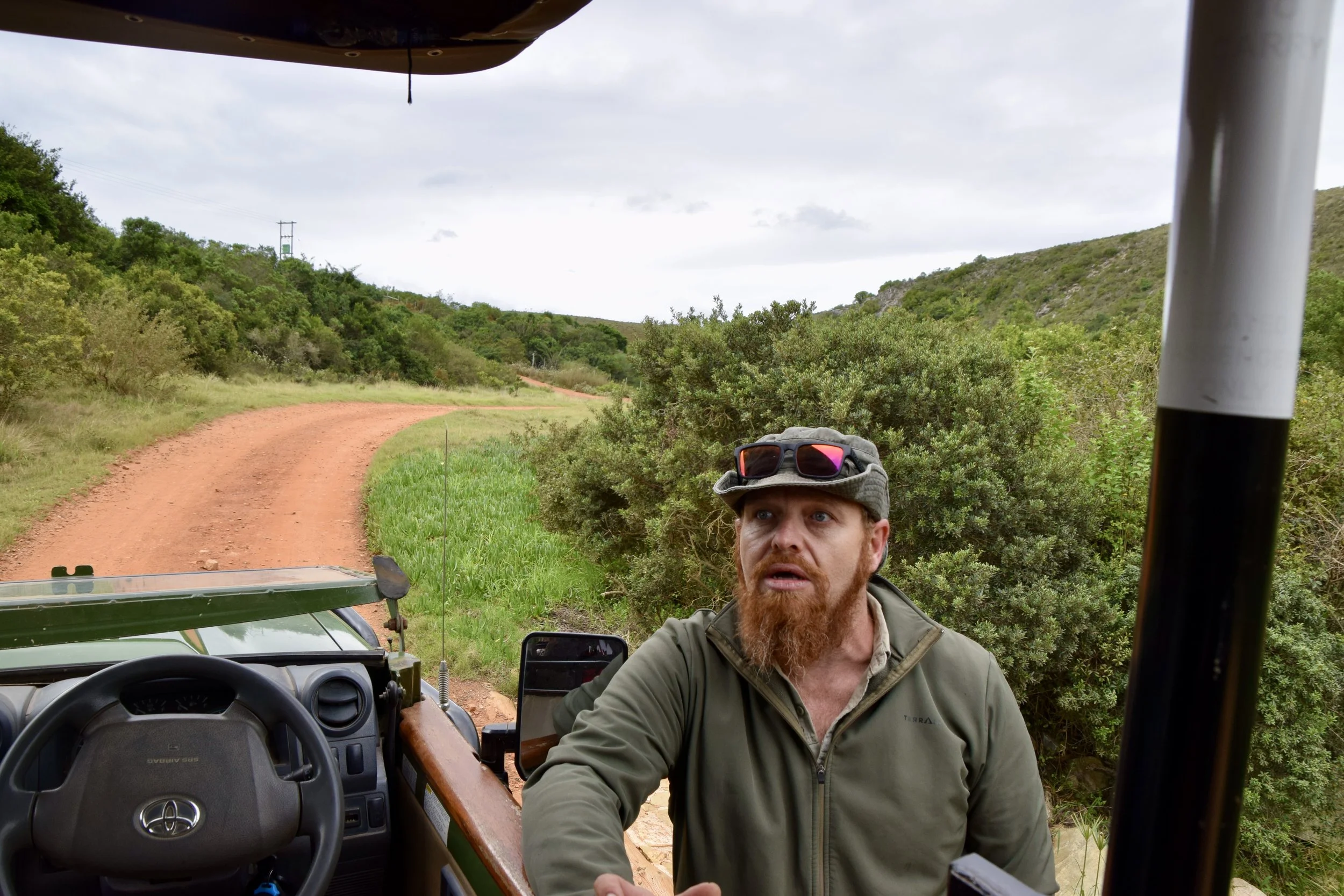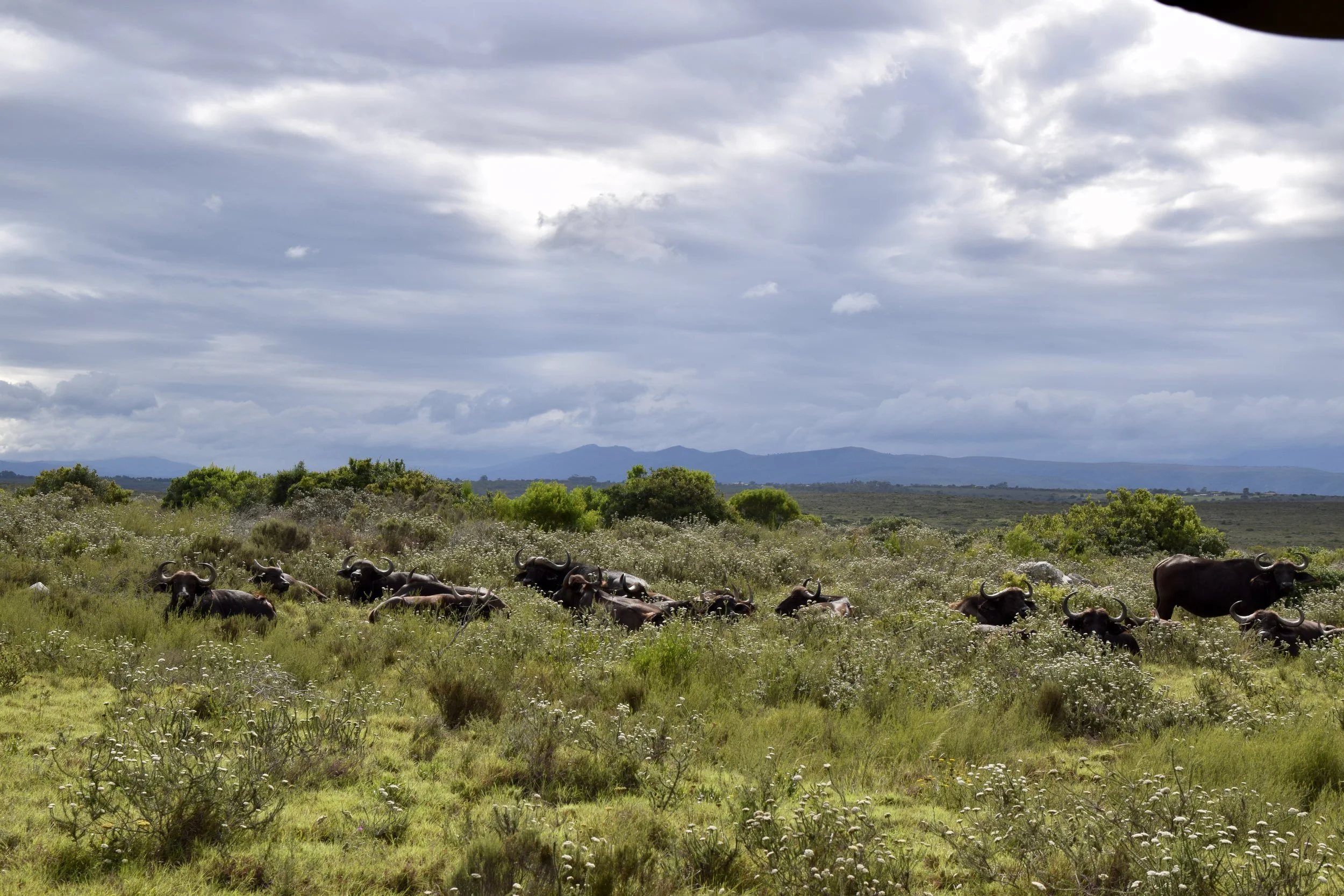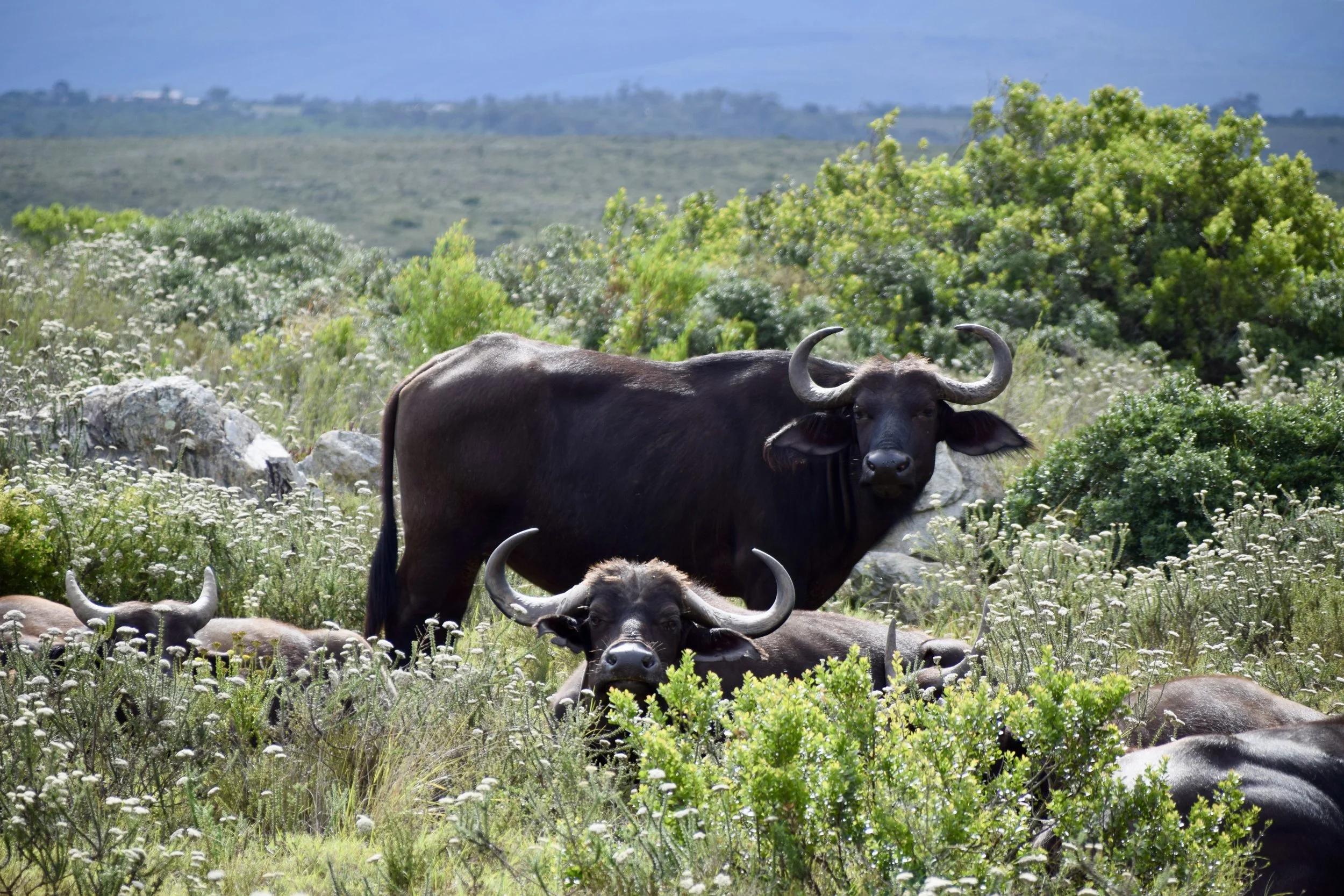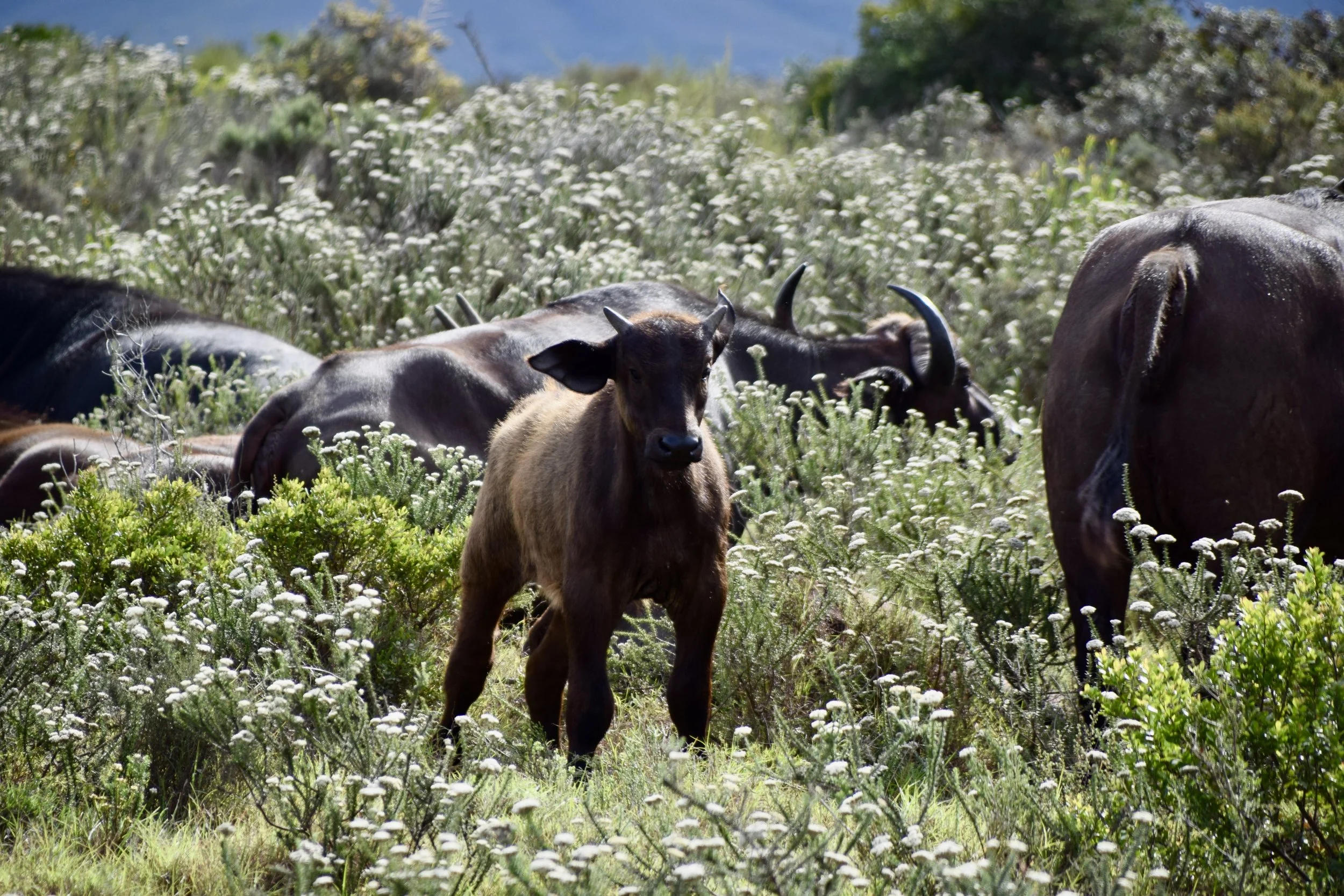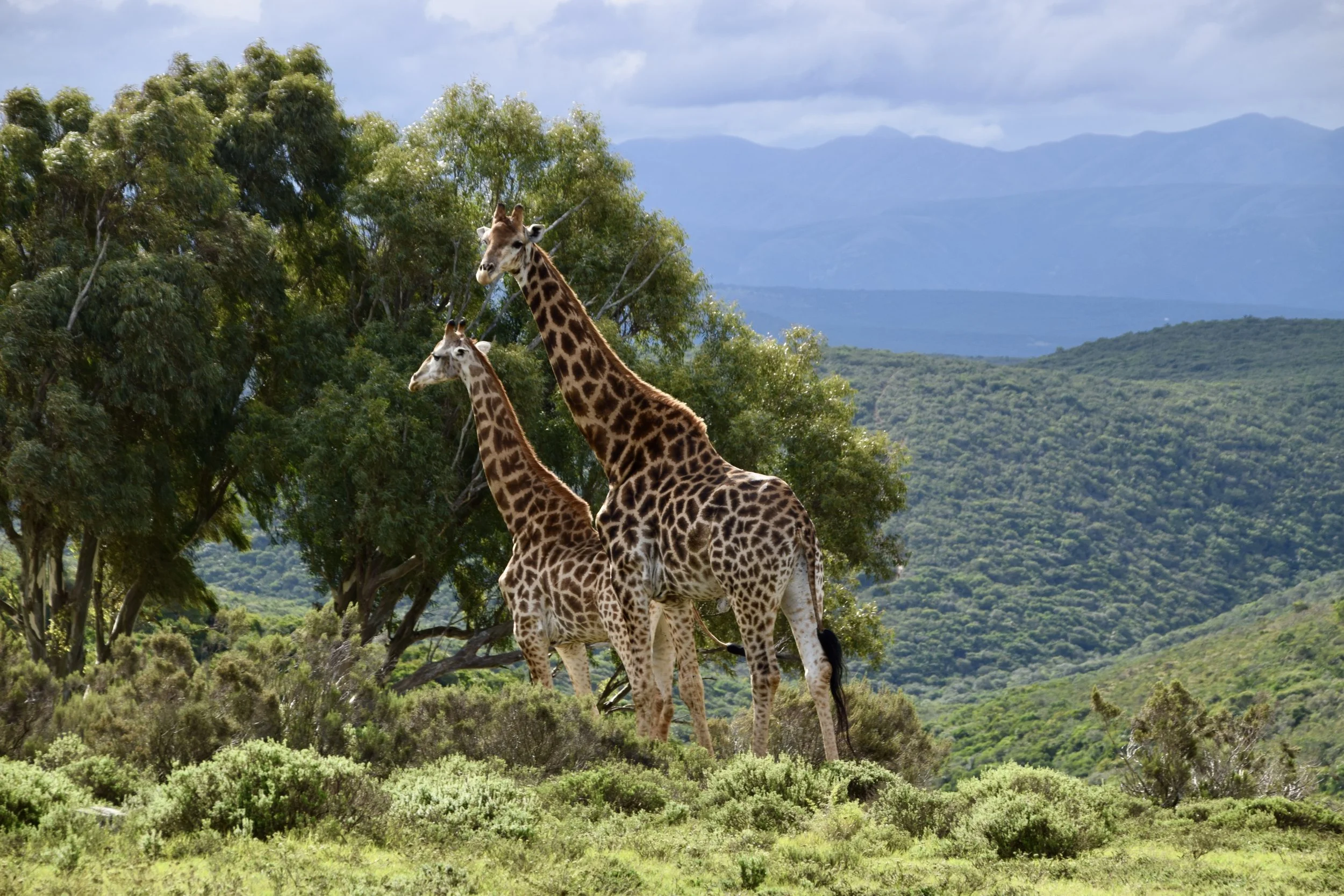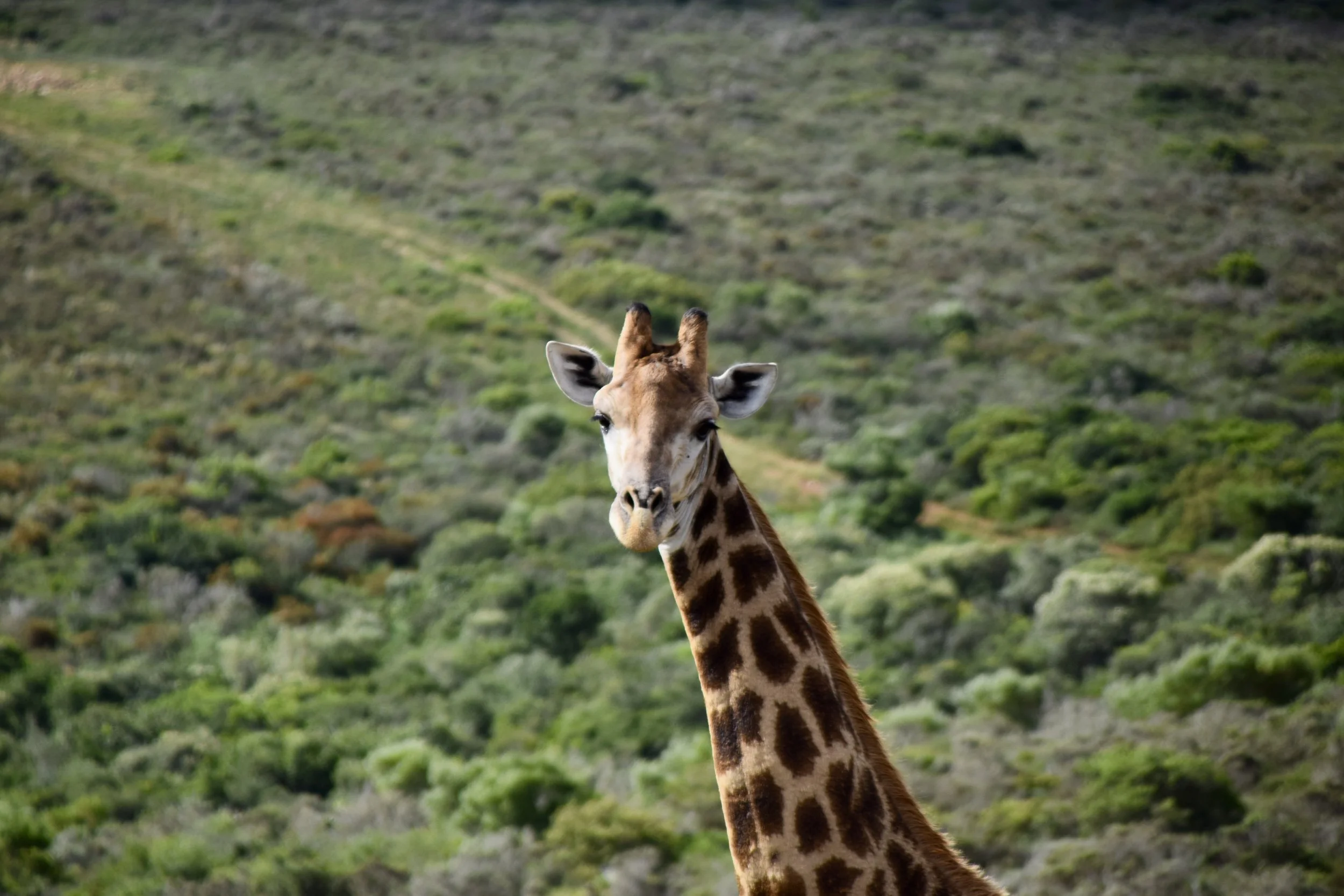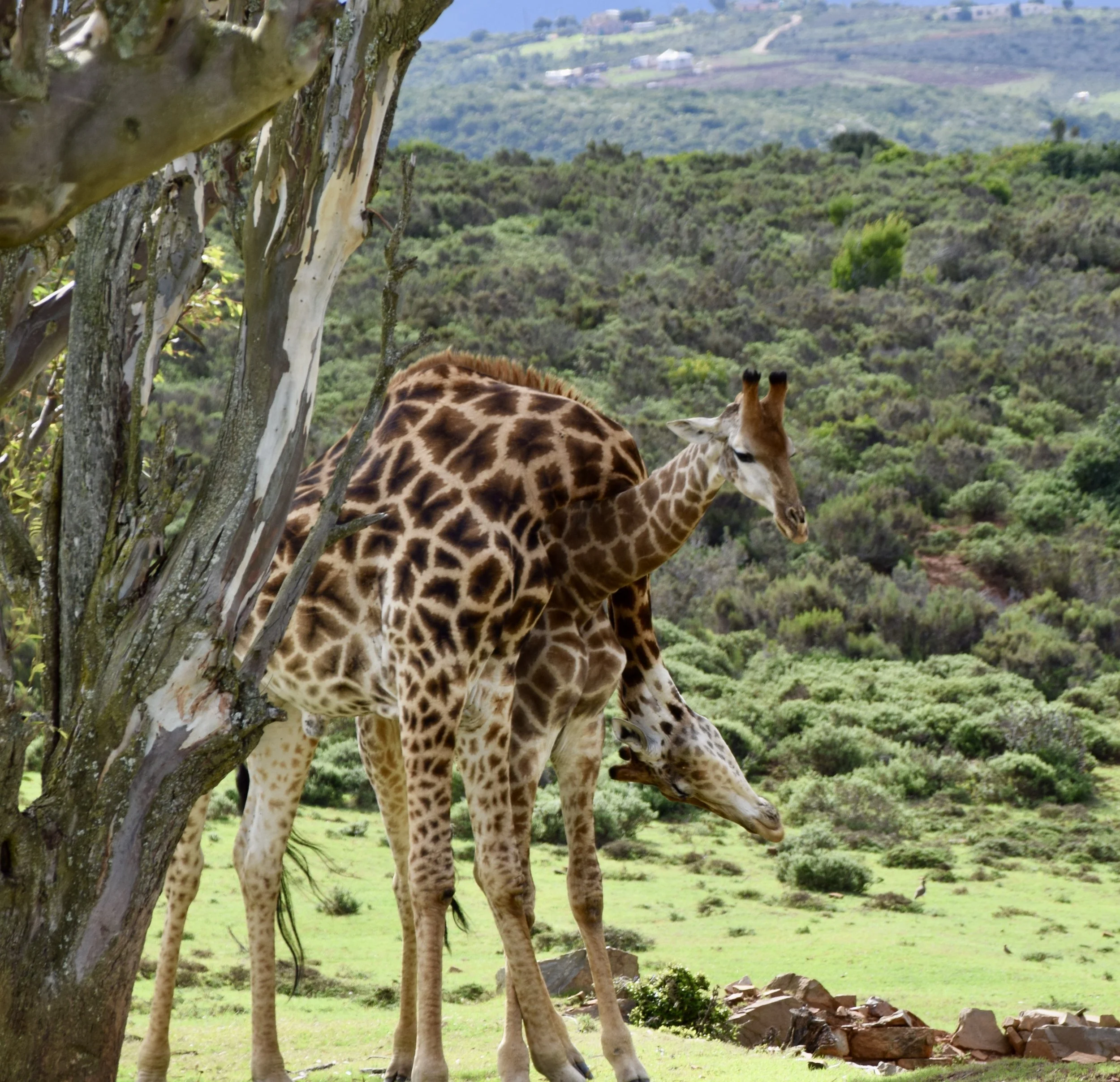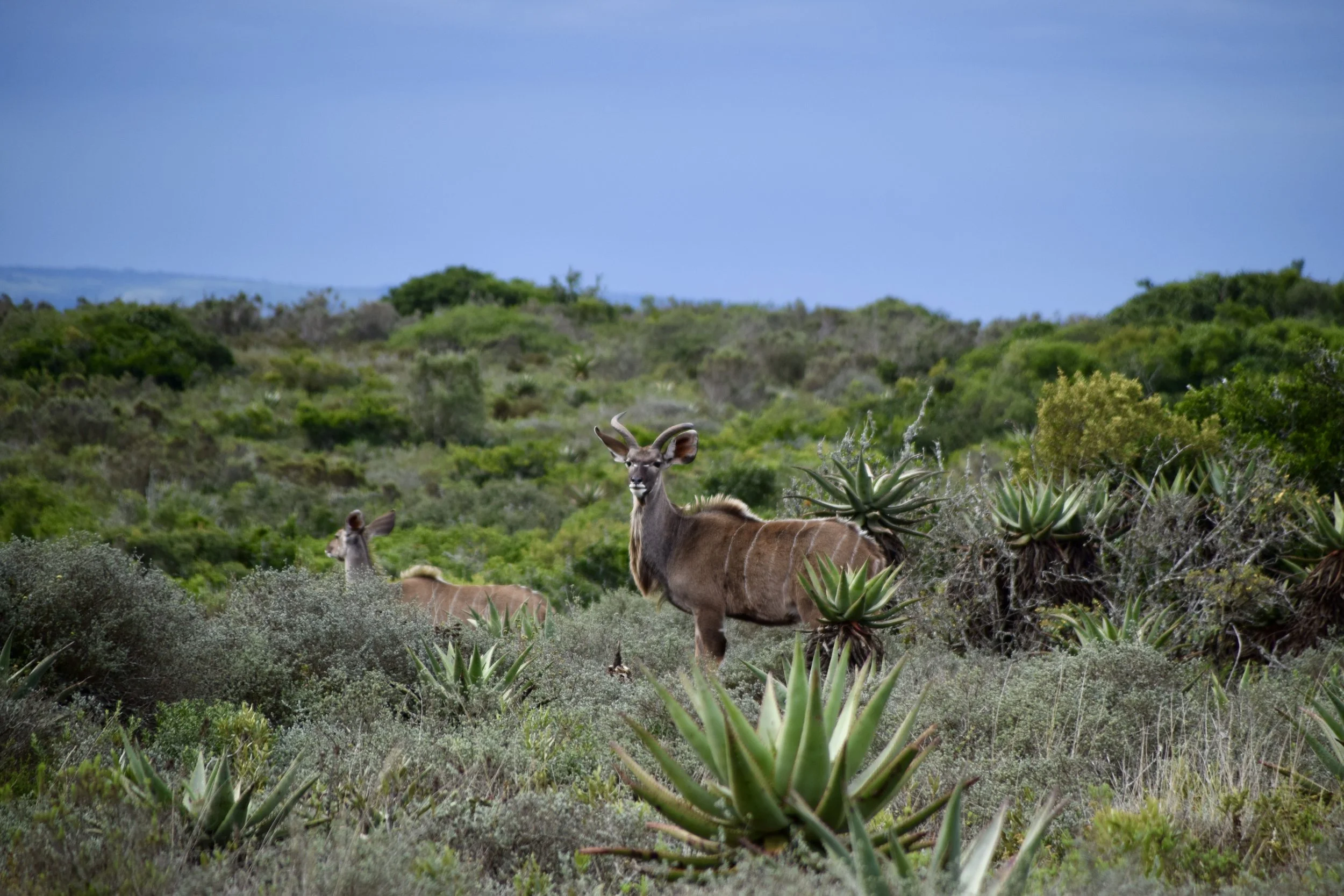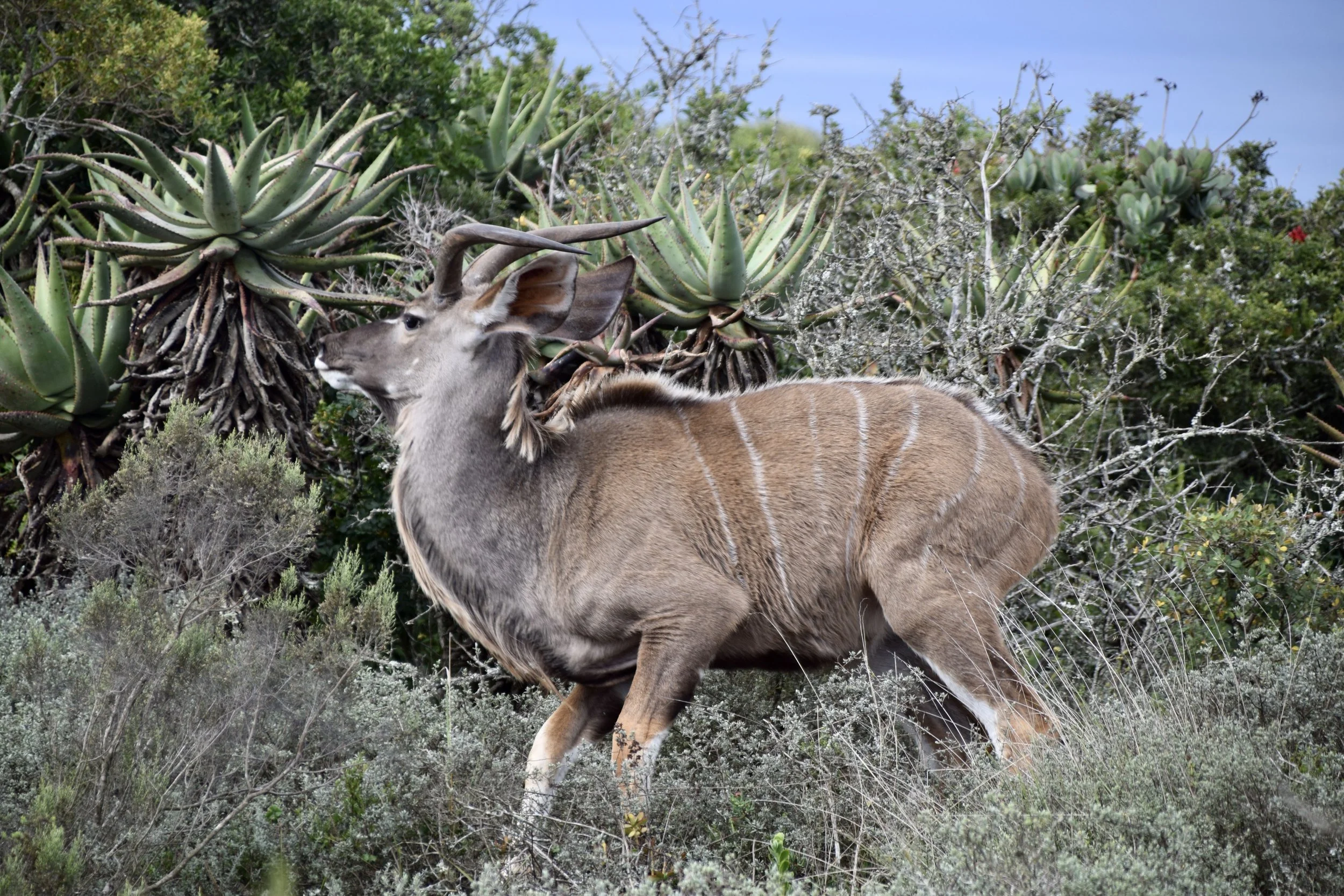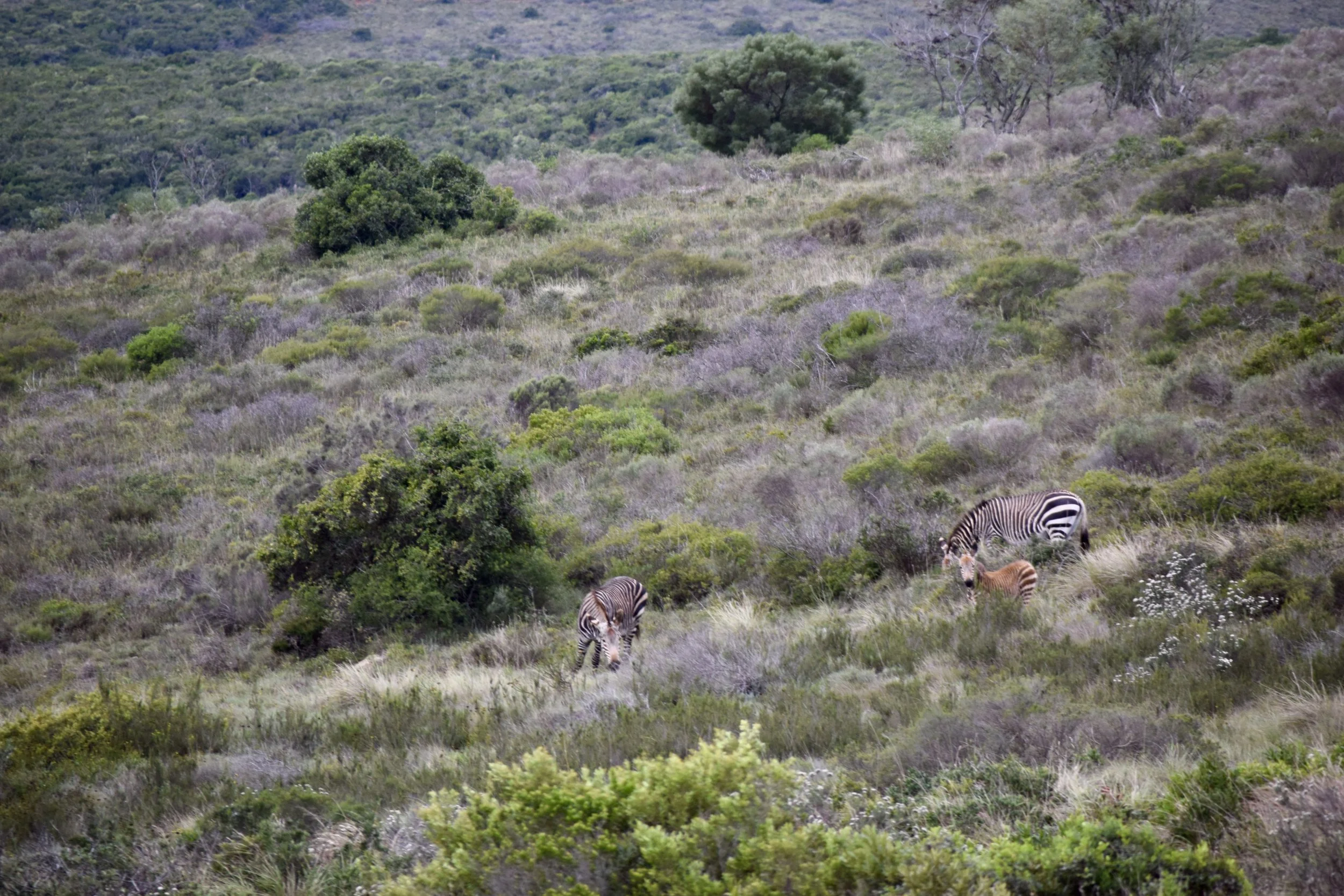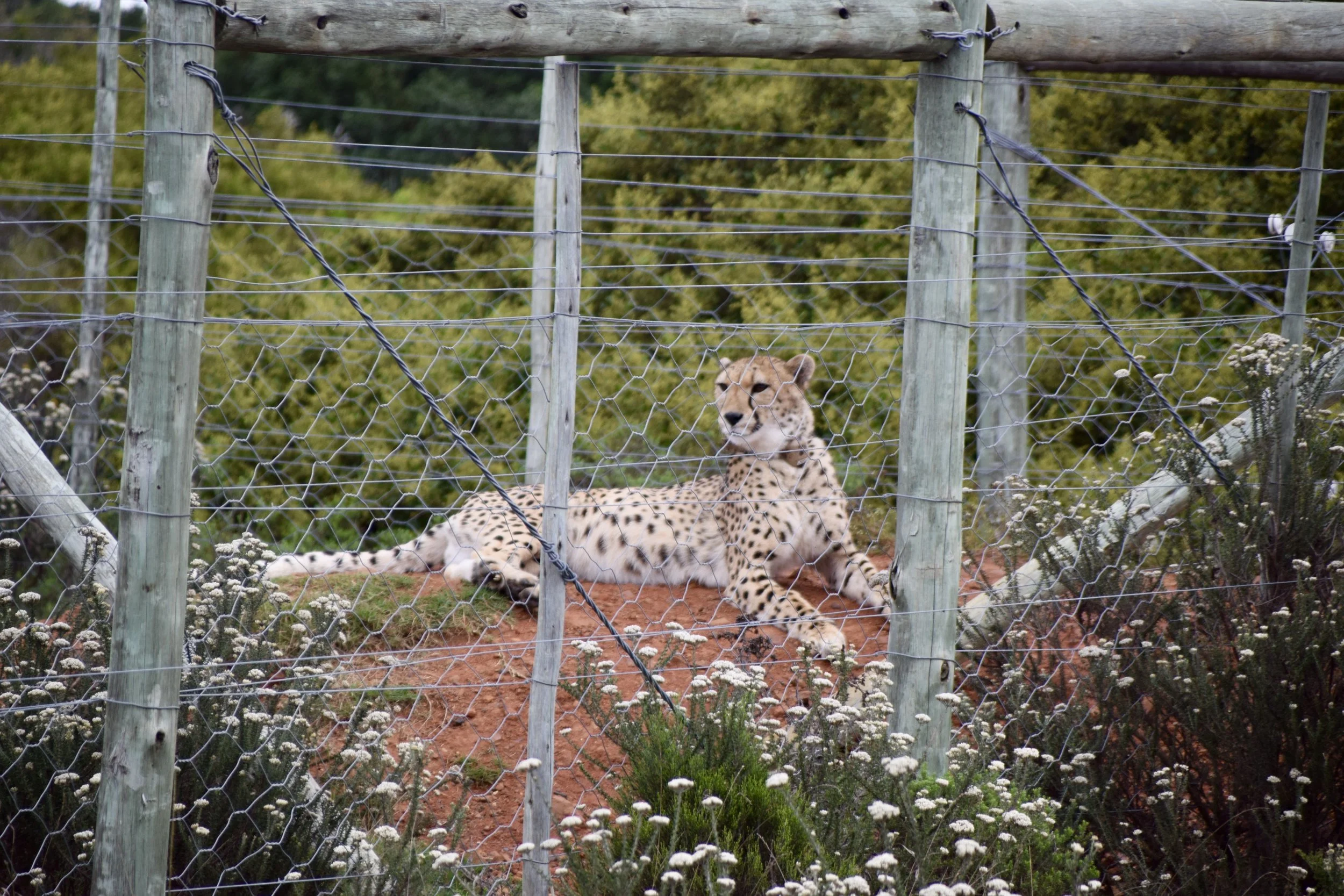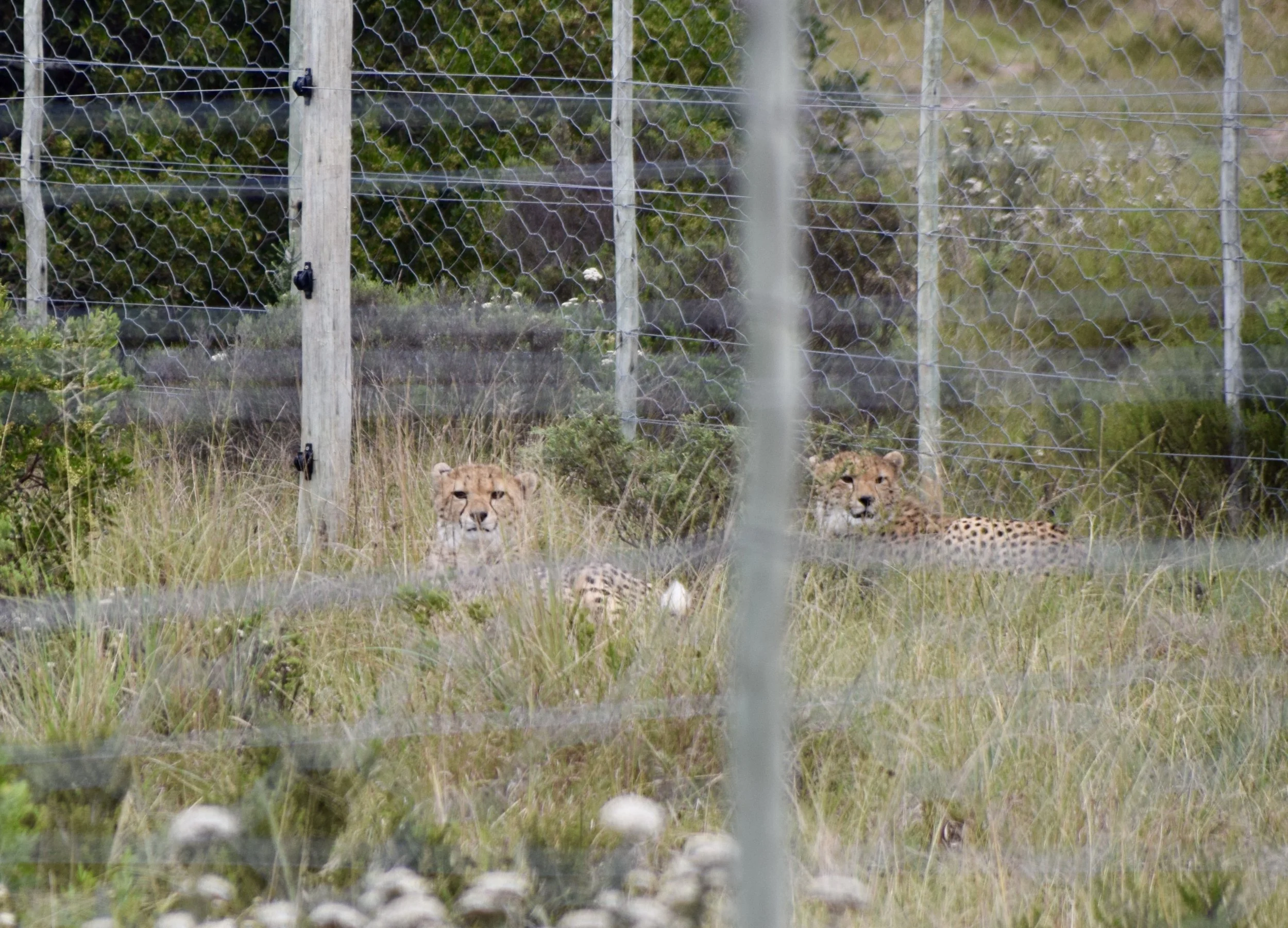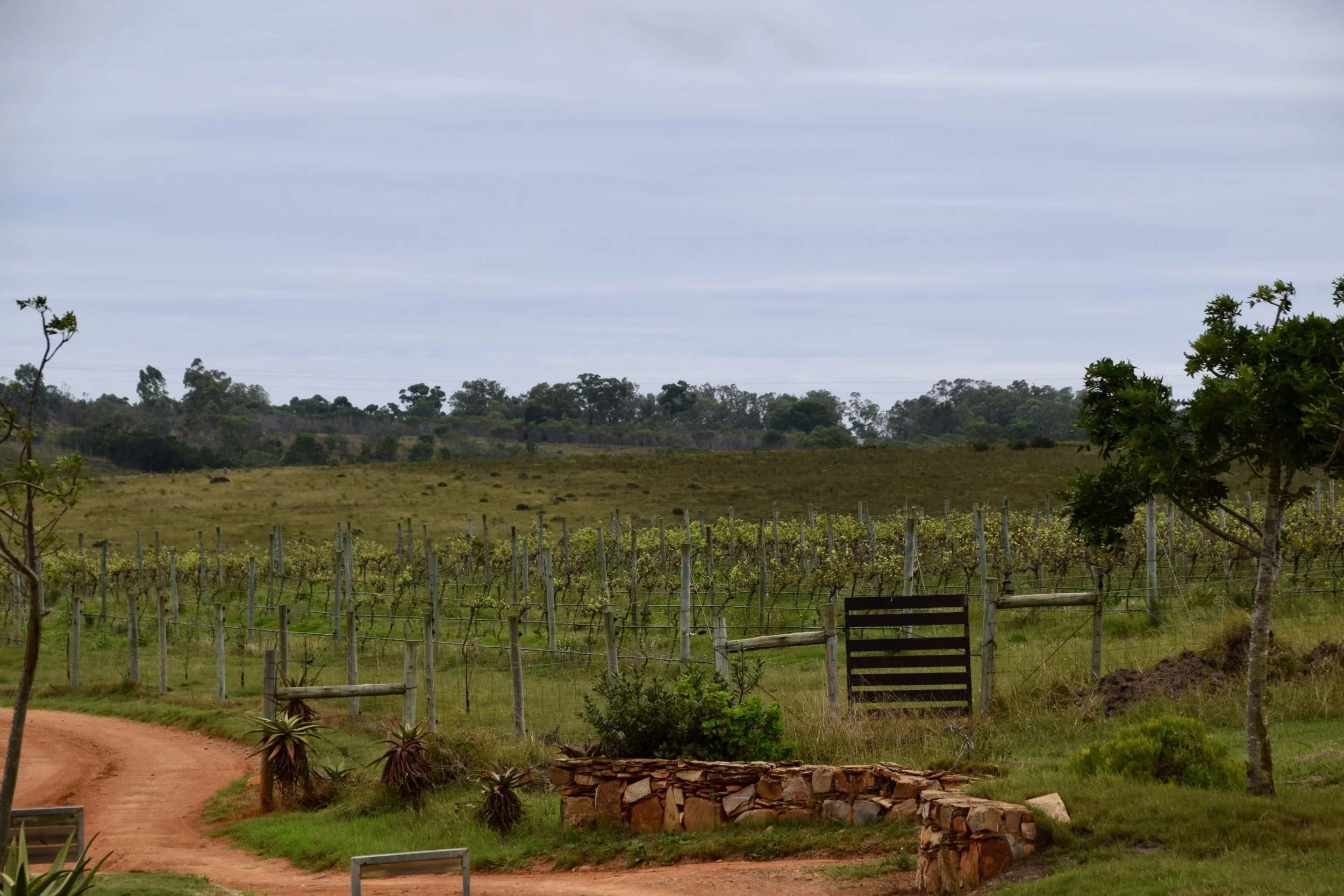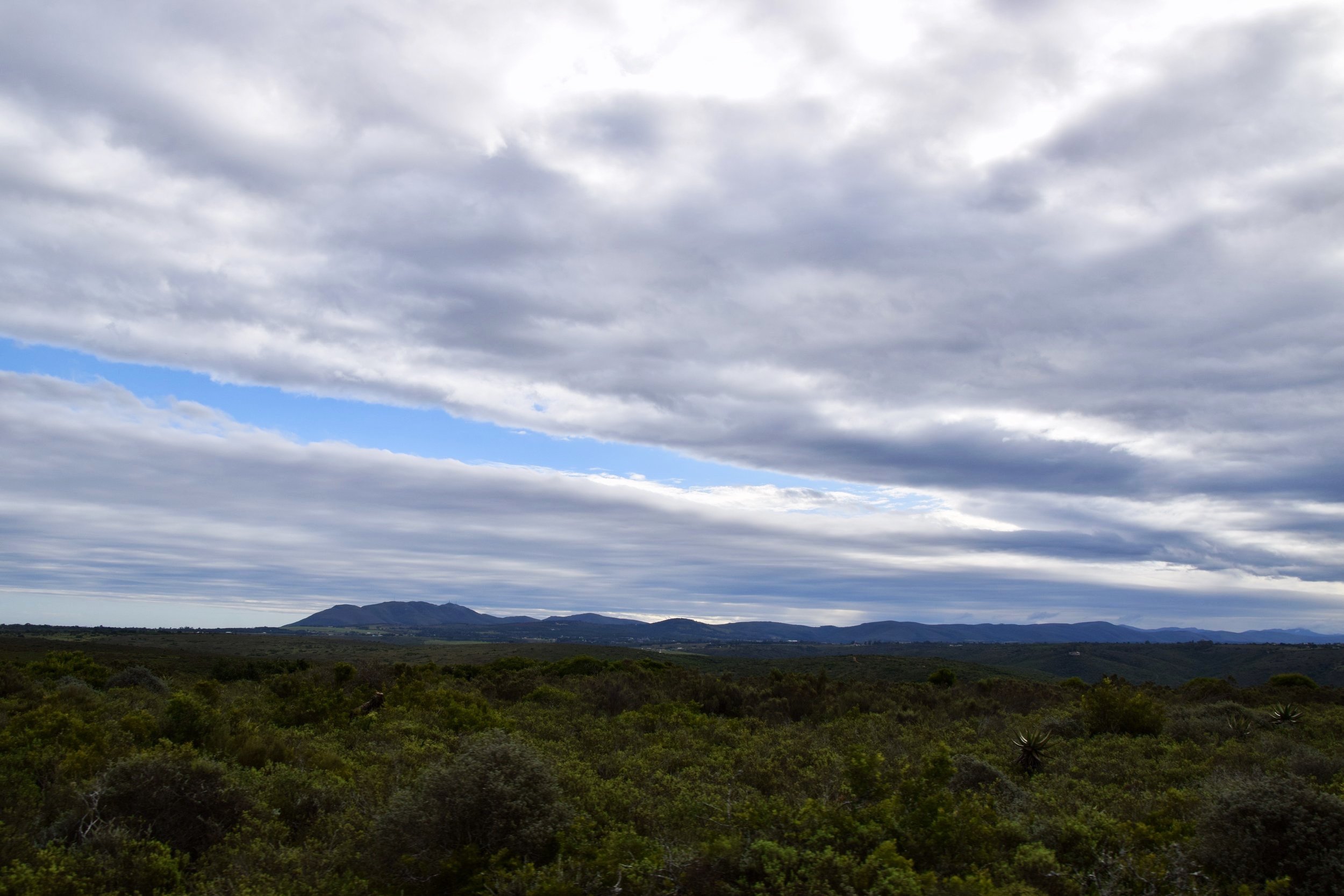
Day 36
Gqeberha
(Port Elizabeth)
Gqeberha (click-eh-behr-hiss-a) - yeah, that’s a lot harder for me to pronounce than its previous name of Port Elizabeth. The name was changed to the Xhosa name in 2021. Luckily, most of the locals call it “P.E.” so that’s easy enough. Got a bit of a rough start this morning - we were supposed to dock at 7am, but high winds prevented the pilot from coming aboard at the scheduled time.
If you don’t know, ships that come into port are steered by a qualified pilot from the port. The pilot comes in a tugboat, which pulls alongside the ship and the pilot hops from one ship to the other. The winds and rough seas this morning prevented the transfer, so we didn’t get to port until 10am, a full three hours late. The fun (sarcastic) part of that for the shore excursion team is figuring out how to contact all the tour companies, rearranging schedules, playing Tetris with the buses at the port, and still getting everyone’s excursion in. There were 37 excursion groups to deal with. Oy.
Our excursion originally scheduled for 11am got pushed back to 1pm, creating a domino effect of re-booking everything that happens after that. It’s been a busy morning!
We also saw some dolphins as we pulled into port, which reminded me a bit of when I used to live in Crystal Beach, Texas and commuted to Houston to work (2 hrs, 10 min each way!). Part of that commute involved a ride on the Bolivar ferry and it was common to see dolphins on my way to work in the mornings. These South African dolphins were nice, too.
We eventually headed out on yet another private game reserve tour. You’re aware that we’ve done these for the past three days and I’ve been amazed at how different the experiences have been. This one was radically different as well. Rob says this was his favourite. We arrived to find the facilities nicer than before, which makes sense, as the reserve is only two years old.
When the 4x4s arrived, we hopped in and were greeted by Quintin, our driver.
Quintin told us about things like local flora and stuff that other tours we’ve done haven’t discussed. He told us that if you’re in the bush and you need drinking water, check to see if your stream has crabs in it. If the crabs are OK, the water is OK.
The terrain was wide and expansive with a lot of underbrush, but few trees. Big skies like back home in Alberta with interesting clouds and a bitterly cold wind. I’m glad we brought long pants and jackets for this one!
Before long, we came across a herd of Cape buffalo. We saw buffalo a few days ago, having a bath in a pond, but there were a lot of buffalo out here on top of this hill. There were a couple of babies, too.
Lots of termite mounds. We’ve seen them in every safari, but I haven’t mentioned them yet. The shells are made by the termites chewing wood and adding their saliva. That creates a concrete-hard mound.
Above ground, the mound is about waist high. Underground, it can be several stories deep. There were termites on the surface of the mound, repairing a bit of damage to the mound. Quintin ate one. He said it was spicy.
Off we went to look for more animals and we found some giraffe.
Two of the males decided to do a bit of mock fighting, using their necks as weapons. That’s what Quintin said they were doing. I’m thinking they were involved in a game of Giraffe Twister.
Saw some antelope. I forget what this one is…
This one is a kudu. They’re very hard to find and photograph because they’re very skittish. Managed to snap this pic before he took off into the brush.
We drove around for awhile looking for elephants, but they were down in a deep valley with a lot of trees that had no way for the Land Cruisers to reach. Saw some zebra, though.
Headed over to the boma - an enclosed area separated from the rest of the animals. There were cheetah inside.
Why were they in a (very large) ‘cage’ when the rest of the animals roam free? The cheetah in the photo was found with a broken leg. When they picked her up, they realized she was lactating. They spent three days looking, and eventually found her three cubs. Cheetah cubs must be taught how to hunt, and other skills that most animals have by instinct. So mom and babies are secluded while her leg heals and the cubs can be taught how to survive in the wild. They’ll be set free soon.
Back to base for a wine tasting. (Did I mention that part of the nature reserve is a vineyard?)
The room was set up nicely as if there would be lots of us. Our group only had 11 in it, though.
All the wines were South African. We liked the bubbly and the red. We weren’t too excited about the white. The rosé was made right there on the reserve in the little vineyard on site. It was nasty.
Just…. terrible. Ah, well. Back to the ship and a nice dinner at Manfredi’s with new friend Tom, then type out this post while doing laundry. A sea day tomorrow, with a couple of surprises.
